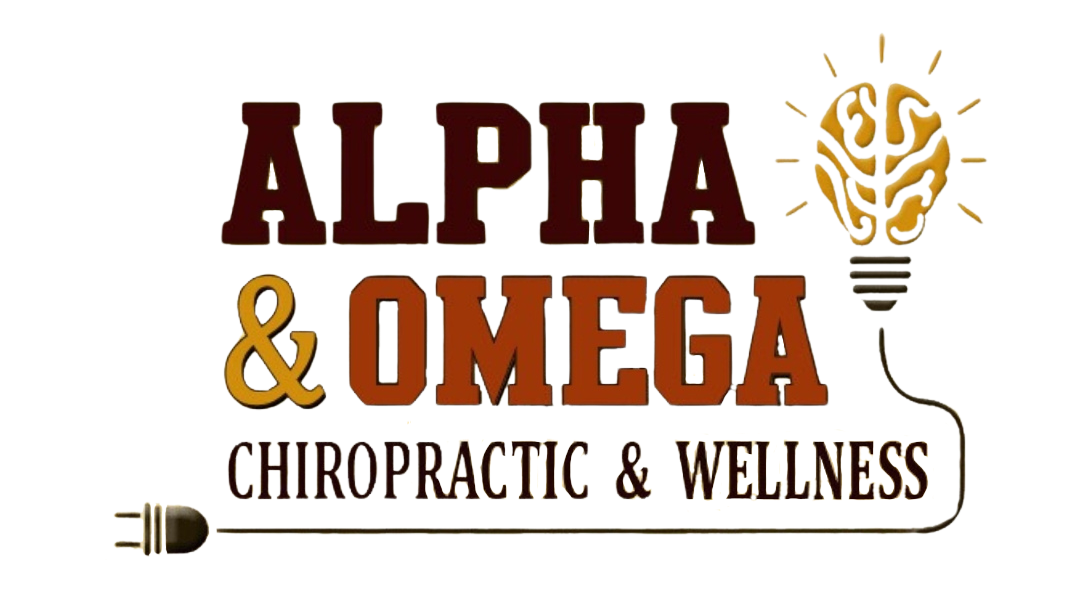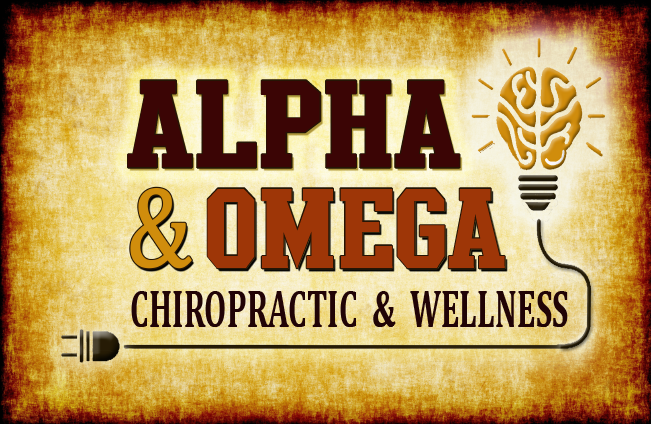Heart Structure
When my grandfather first became a chiropractor in the 1940’s there was a great emphasis on the thoracic spine and visceral or organ conditions. Most of us today are surrounded with patients suffering from the effects of a head forward posture, rounded shoulders, and an increased thoracic kyphosis. We might not think about the thoracic spine being too straight, and how that effects the body organs. All the way back in March of 1960, the American Journal of Cardiology published a condition that it called “straight back syndrome” . This syndrome was defined as a straight thoracic spine, or a thoracic spine with little or no kyphosis. The effects of this change in spinal curve was known to compress the great vessels of the heart, cause increased heart size, and compress the airway. These mechanical factors caused patients to complain of difficulty breathing, irregular heartbeats, and fatigue. In 1964 the British Heart Journal began publishing cases of “straight back syndrome” identified in younger patients complaining of heart palpitation and identified with heart murmurs. Mechanical compression of the heart and great vessels in younger patients may lead to long term changes in the heart muscle, as well as damage to the heart valves. Although we may not hear many commercials suggesting structural issues leading to heart symptoms, there is on-going research. For example, the Journal of Thoracic Surgery published an article in May, 2017, reviewing current surgical treatment of “straight back syndrome”. It’s interesting to note that two thirds of patients with this condition experience mitral valve prolapse, which often leads to blood pressure issues and pulmonary hypertension. Surgically, treatment involves removing the anterior portion of the thoracic vertebral bodies, and/or the sternal manubrium. We also see in the literature that even when heart or thoracic surgery is needed, mid-back adjustments improve outcomes, Annals of Thoracic Surgery . We clearly see in the literature a connection between thoracic spine structure and heart function, but how many of our patients are unaware of that connection? How many patients are taking medication, or expecting surgery, or even just taking a host of nutritional supplements trying to deal with heart symptoms that are secondary to a structural issue? For me, this issue is even more pronounced in the fact that the spinal and thoracic cage structure is often relatively fixed by the time patients are teenagers. Not to say that the spinal curves cannot be altered as an adult, but fusion of the growth plates does tend to restrict changes that can be made to the spine, particularly in the thoracic spine and rib cage. This means that the heart problems a person experiences in their 50’s and 60’s might be secondary to structural problems that started in the teenage years. How many young kids complain about fatigue or difficulty breathing during sports, and are never examined in a way that would identify protentional structural connections? As chiropractors, we might be the only providers who would make that structural connection and suggest a proper intervention.

